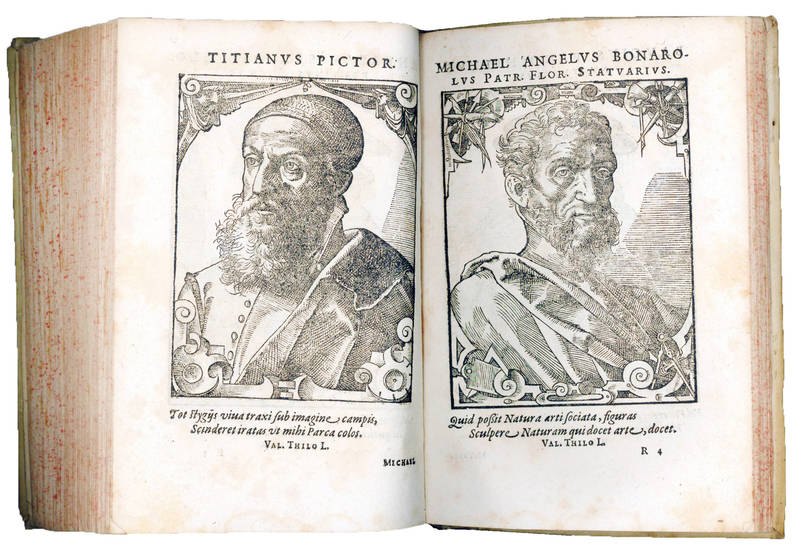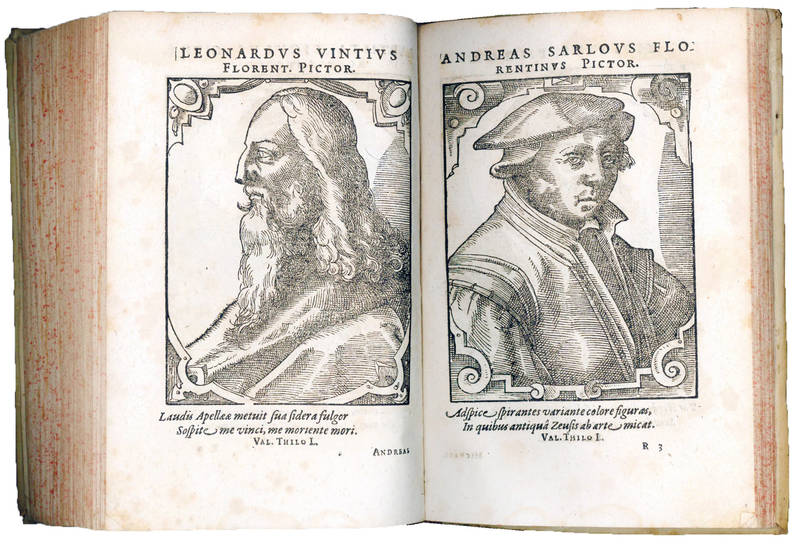Icones sive Imagines vivae, literis Cl. Virorum, Italiae, Graeciae, Germaniae, Galliae, Angliae, Ungariae. Ex Typis Valdkirchianis in lucem productae: Cum elogiis variis: per Nocolayum Reusnerum I.C. & P.C. (Together with:) Icones aliquot clarorum virorum Germaniae, Angliae, Galliae, Ungariae: cum elogiis & parentalibus factis Theodoro Zuingero
Autore: REUSNER, Nicolaus (1545-1602)-STIMMER, Tobias, ill. (1539-1584)
Tipografo: Konrad von Waldkirch
Dati tipografici: Basel, 1589



